The Enduring Feminist Vision of ‘The Silence of the Lambs’
Madison Brek explores the feminist themes of ‘The Silence of the Lambs’ and why Clarice Starling is one of the most important female characters of all-time.

In this film essay, Madison Brek explores the lasting cultural impact of The Silence of the Lambs, including a deep dive into its enduring feminist vision.
“If he sees her as a person and not just an object, it’s harder to tear her up.”
This line is spoken by Clarice Starling, the legendary character brought to life by Jodie Foster in the 1991 horror classic The Silence of the Lambs, directed by Jonathan Demme. Certainly, the line isn’t the most memorable or quotable of the film. That honor would be bestowed upon just about anything that Hannibal Lecter says. But this quote from Clarice gets to the heart of something central to the film’s narrative: the importance of female agency.
The Silence of the Lambs is about Clarice, an FBI trainee assigned to interview famed former psychiatrist Dr. Hannibal Lecter. Nicknamed Hannibal The Cannibal, he is in an asylum for multiple counts of murder. The goal of Clarice’s interviews is to get information from the notoriously cunning criminal about an active serial killer named Buffalo Bill. The previously mentioned quote is an important one because while in the film Clarice is referring to Buffalo Bill, the quote speaks to the idea behind the film’s overall defiance of the male gaze.
To further explain, the male gaze was first written about by feminist film critic Laura Mulvey in the ’70s in her influential essay “Visual Pleasure and Narrative Cinema.” Mulvey posits that in a patriarchal society, film inherently reflects that male dominance, be it overtly or subconsciously. Mulvey says that cinema makes viewers take on the perspective of a heterosexual man, therefore objectifying the women on screen. Doing so denies female characters their personhood and instead presents them simply as objects for viewing pleasure. In other words, Mulvey is saying that film acts as a form of scopophilia, which means taking pleasure in looking. Cinema is a form of voyeurism wherein viewers receive pleasure from having the power to hold a gaze that objectifies women. The theory definitely doesn’t apply to every film, but in an industry where male writers and directors vastly dominate, examples are easy to come by.
The quote above is Clarice’s reaction to a televised plea from the mother of a woman kidnapped by Buffalo Bill. Clarice is commenting that for a killer like Buffalo Bill, seeing a woman as a person and not simply an object for his taking will make it hard for him to consume her, so to speak. The same goes for the art of film according to Mulvey’s theory. By objectifying women in film for voyeuristic pleasure, we deny them their identity as human beings. The Silence of the Lambs is a rare example of a film that subverts the male gaze. Demme makes us see Clarice, and all women by extension, as the quote says, as people and not just objects.
The Silence of The Lambs feminist vision in close-ups
The Silence of the Lambs establishes this in a simple and subtle way that viewers may not initially notice but would surely register subconsciously. The film is famed for Demme’s masterful close-up shots. To name a few, there’s an early scene where Jack Crawford, Clarice’s boss, calls her into his office to assign her to interview Hannibal.
In the scene, Clarice and Jack get the close-up treatment as they converse:

Same thing when she meets Dr. Chilton:
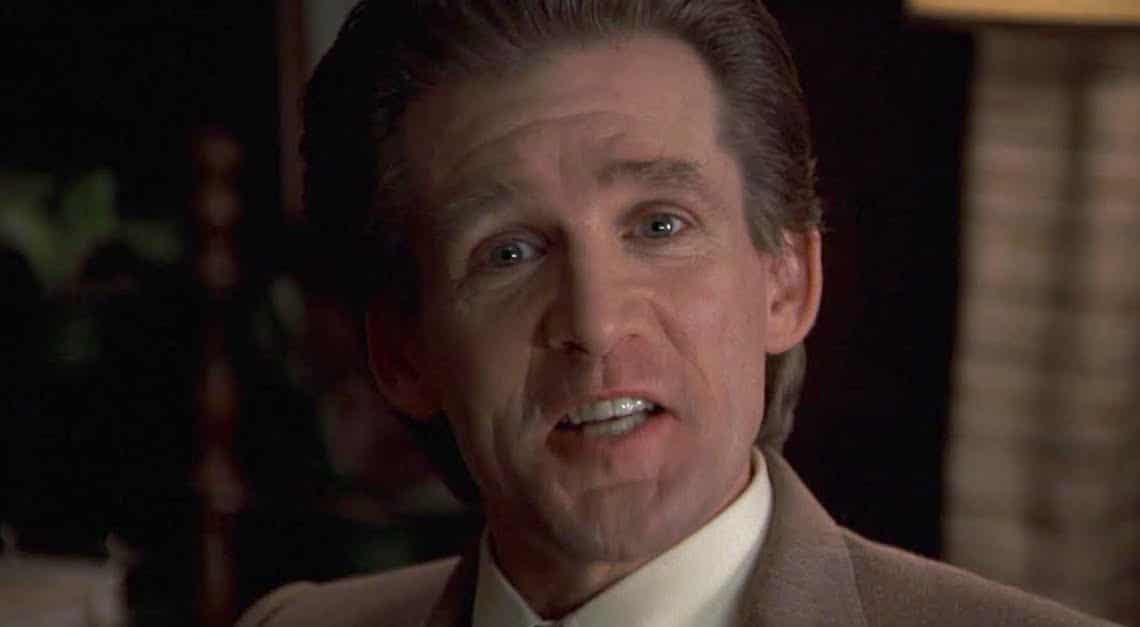
Again, when she eventually meets Buffalo Bill:
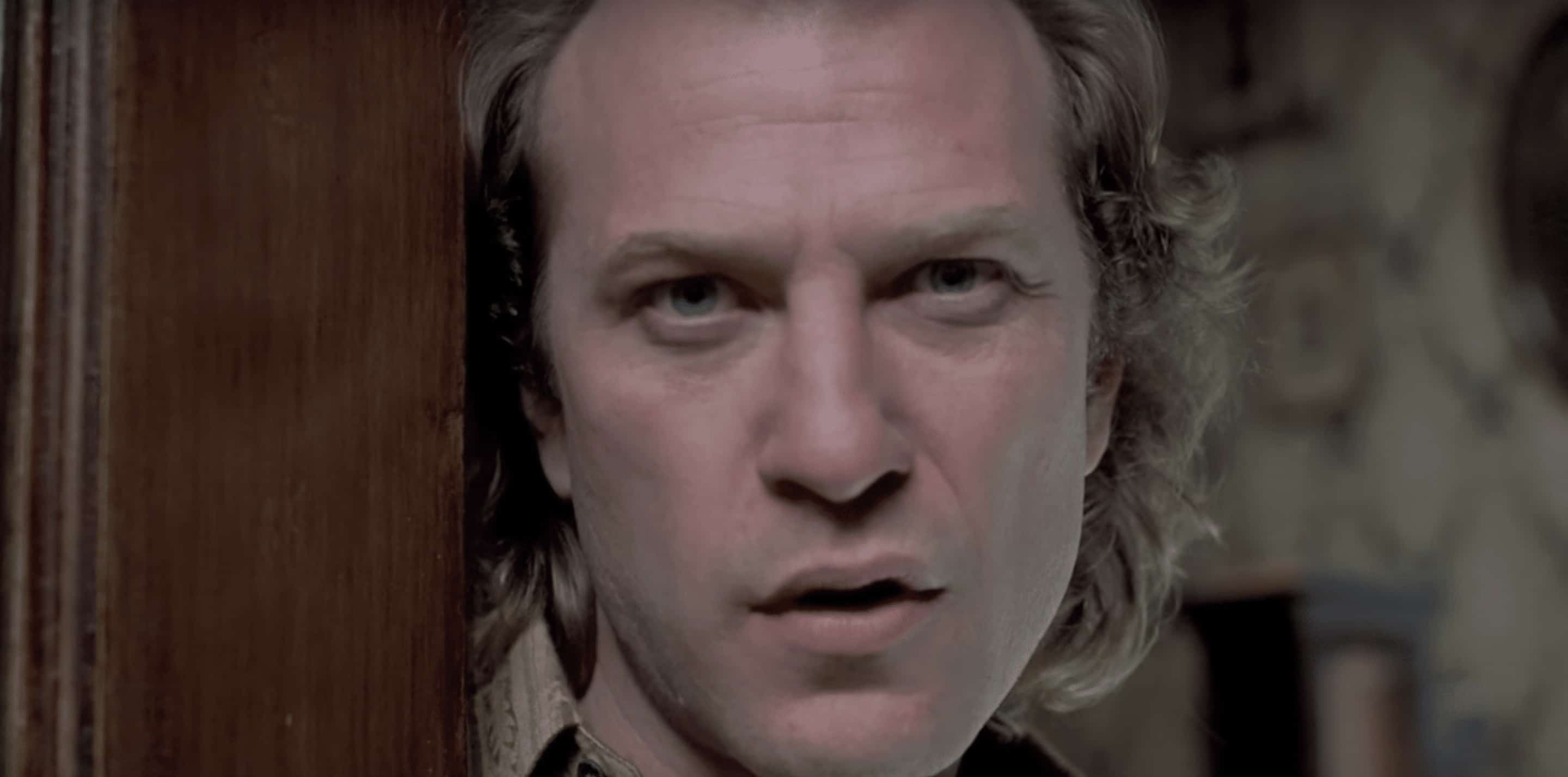
And most memorably, in her many conversations with Hannibal:
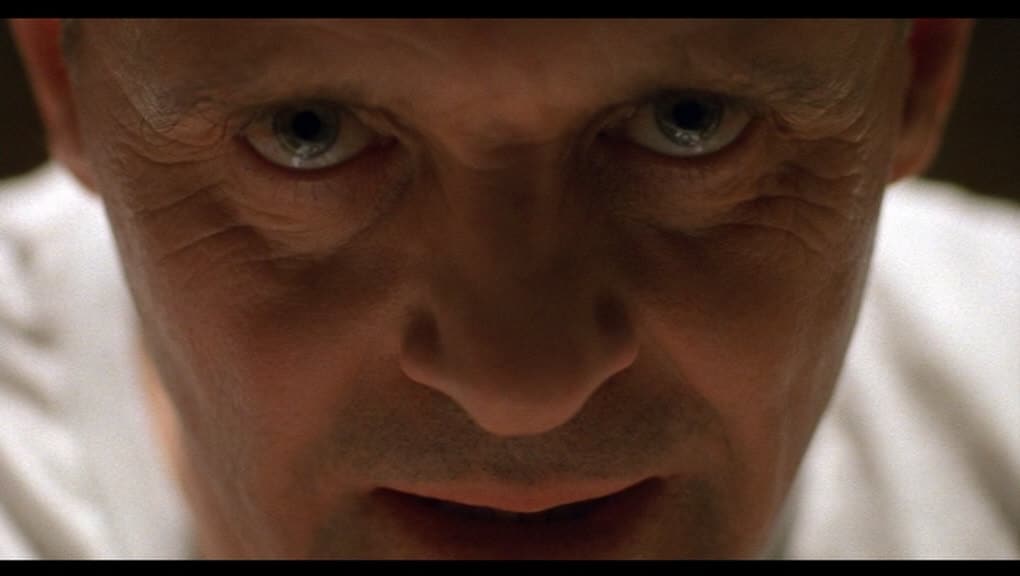
Besides how terrifying Hannibal Lecter peering into your soul is, there’s something else important going on in these scenes. All the male characters are breaking the fourth wall and looking directly into the camera’s lens as they address Clarice. But now, look at the receiving end of these shots:

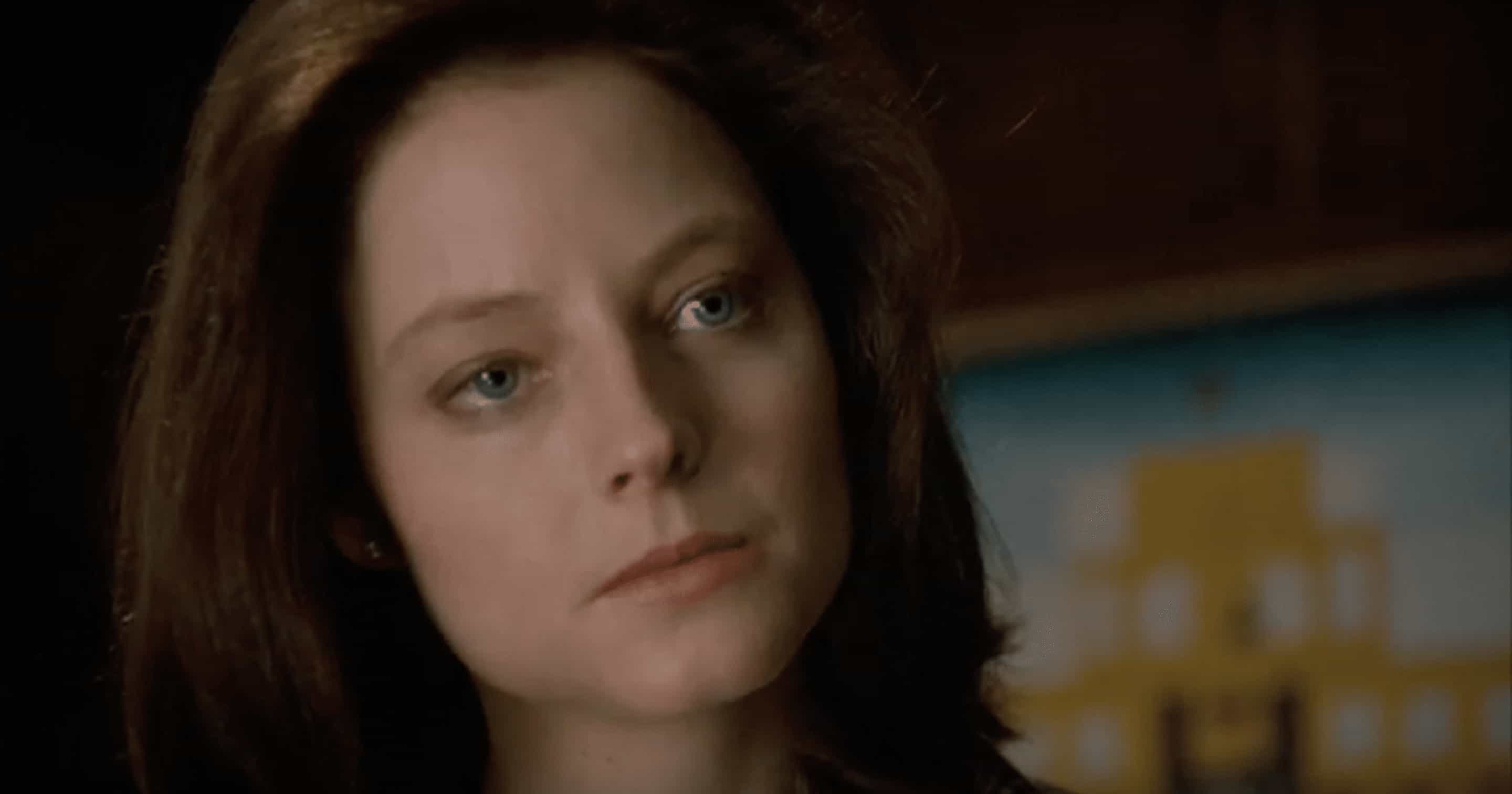
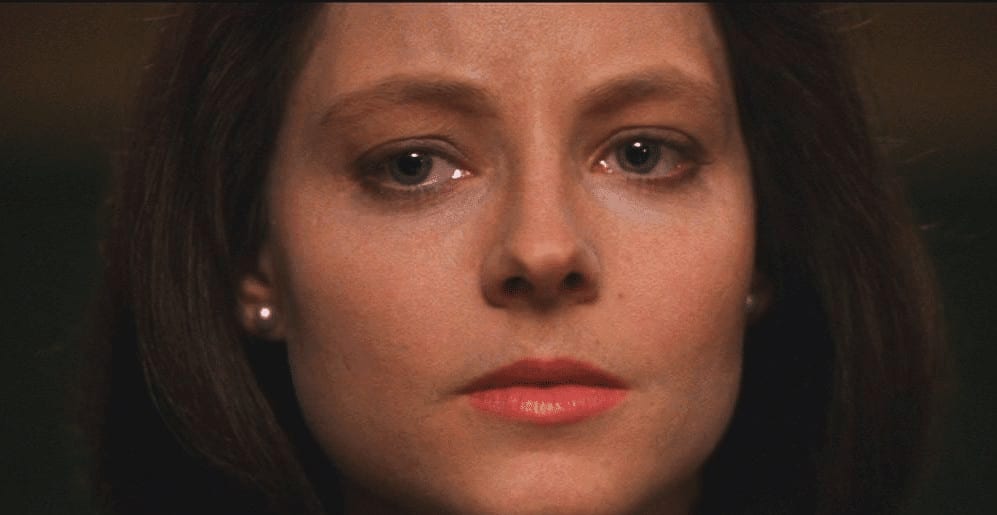
Clarice never looks right into the lens, and her gaze always goes slightly off to the side as she returns the men’s glares, friend or foe. The reason this decision is significant is that subconsciously, this makes us identify with Clarice’s point of view. When the men look into the camera, we feel that they are looking right at us, when really they are looking at Clarice. We see precisely what she sees. By always directing her eye line out of frame, Clarice becomes the point of view character. Immediately, this is a subversion of the male gaze since we are being made to identify with a female character, instead of a heterosexual male. Instead of being looked at and therefore being taken as an object for voyeuristic pleasure, Clarice is the one who is looking. She holds the gaze and therefore she holds power and agency rarely afforded to female characters in films.
(On a side note, this is The Silence of the Lambs‘ chosen method of making us identify with Clarice. Not all films exemplify or subvert the male gaze in this specific fashion. Not all movies have a character who looks out of the frame while others peer into the lens. The male gaze can manifest in different ways in different films.)
To return to the parallel between Buffalo Bill and male gaze theory, consider this line from Hannibal:
“He covets. That’s his nature. And how do we begin to covet, Clarice? Do we seek out things to covet? No. We begin by coveting what we see every day. Don’t you feel eyes moving over your body, Clarice? And don’t your eyes seek out the things you want?”
Hannibal says this of Buffalo Bill to Clarice. He’s giving her a clue into discovering Bill’s identity. Instead of the film reproducing this idea — that of eyes moving over Clarice’s body and men coveting her — through the camera’s gaze, the film defies the described gaze. She is the one looking rather than the one who bears the look. This fact is what makes the film feminist. The norm for most films, especially those directed by men, would be to mirror this coveting through the camera’s gaze. This isn’t to say that a film that does this condones serial killers or praises someone like Buffalo Bill. Instead, this is a commentary on how said films treat their female characters.
In defying the male gaze, Demme (and Foster) are able to make a well-rounded and nuanced character out of Clarice. She’s an interesting and layered person, not an object. To answer Hannibal’s question, of course, Clarice can, as all women do, feel eyes moving over her body. The important thing is that the film makes the viewer experience this as well instead of participating in the voyeurism. Many of the film’s scenes quite perfectly capture the distinct discomfort that women feel in certain situations. For example, when Clarice gets in this elevator near the beginning of the film:

Or when Jack leaves her alone in a room with a group of skeptical local law enforcement:

These scenes are subtle but very effective in their message. When the police officers look into the lens in the above shot, we feel the discomfort that Clarice is undoubtedly feeling. The brilliance of The Silence of the Lambs is that the movie not only subverts the male gaze but reflects that gaze back on the viewer instead of letting them contribute to it.
In this vein, what Demme does with close-ups is important, but not enough. Clarice’s personality and actions are also necessary to what makes her a feminist icon. Clarice has to deal with the everyday obstacles that come with being the odd woman out in a male-dominated industry. This includes those previously mentioned and many others. Her first trip to the asylum that houses Hannibal makes for a great example. When she meets Dr. Chilton, there’s a quick but forgettable moment where he comments on how attractive she is. We can see how uncomfortable Clarice is at this moment wherein she finds herself alone with him in his secluded office. Refer to the earlier still of Dr. Chilton looking directly into the lens while delivering the line and you’ll see what I mean when I say we share in Clarice’s discomfort. In a more extreme example, following this scene, Clarice is subject to a crazed patient masturbating and throwing his sperm at her as she leaves the asylum. A male FBI agent would not likely have to deal with either of these things on a regular day on the job.
Sexism and harassment remain an everyday reality for many careers. Seeing how Clarice deals with these things is empowering. Especially since she doesn’t let anything prevent her from becoming one of the finest FBI trainees at Quantico. Her first scene with Jack establishes this in two ways. First, by the mere fact that she’s been hand-selected for the prestigious task of milking information from Hannibal, and second, from the list of credentials he rattles off. She completed a double major in psychology and criminology at UVA, graduated magna cum laude, earned a prestigious internship and so on. This is all doubly impressive when we consider the obstacles she’s faced as a woman in her career path.
An example of how Clarice doesn’t let anything hinder her career is the fact that she’s not afraid to stand up for herself at work. When Jack and Clarice are investigating one of Bill’s crimes in West Virginia, Jack needs to get the local sheriff alone to discuss the case. In an attempt not to offend the local law enforcement, he says he needs to talk to the sheriff alone about subjects that would be impolite to discuss in front of a woman, referencing Clarice. While she is aware of his true motivations, Clarice still tells Jack off. She explains that regardless of his intentions and morals, he’s setting a bad example for how men should treat women in a professional setting. He apologizes.
Moments like these are not imperative to the plot. In fact, viewers may only notice them upon repeated viewings. The Silence of the Lambs isn’t overtly about sexism or misogyny. The movie is a psychological thriller about serial killers, but the inclusion of these things are not mere coincidences. These scenes are filled with earnest and important subtext for Clarice as a character. The subtlety of these moments is significant because the scenarios ring true to the insidious sexism of everyday life. Demme clearly put a lot of thought into including these moments.
None of this is to mention that Clarice is one of the bravest characters of all time. We catch the first glimpse of this bravery early on when she goes to visit an abandoned storage unit that Hannibal points her towards. On a dark rainy night, she enters the unit with nothing but a flashlight and remains collected even when she discovers a severed head inside. This is just an initial glimpse of Clarice’s bravery. At the end of the film, Clarice finds herself on Buffalo Bill’s doorstep. Initially, she believes that Jack is currently apprehending him in Illinois, hundreds of miles away. However, once she enters the dilapidated residence and realizes who she’s face to face with, she stands her ground.
Whenever I watch this film with people, at the moment we all realize Clarice is in Buffalo Bill’s house, they frantically ask, “What is she doing? Why doesn’t she leave!?” The answer: she’s Clarice Starling and she doesn’t scare easy. She also has an incredibly strong conviction to save Catherine, Bill’s would-be victim, from a horrific fate. What ensues is a blood-curdling chase through the mad killer’s house where he cuts the lights and stalks her with night vision goggles. Of course, Clarice pulls through and emerges victorious. She puts a satisfying end to Buffalo Bill’s crimes against women. To top it off, she accomplishes all of this while still a trainee.
Also important to note is the fact that all of this bravery would be for naught if Clarice wasn’t a properly fleshed-out character. For example, often what we deem to be a portrayal of a “strong” or “badass” female character is when a woman punches someone or swears unapologetically. In reality, any kind of female character can be a feminist one. She only needs to be afforded agency and depth like Clarice is. Clarice’s scenes of admirable courage can only have the resonance they do when combined with others that explore the depth of her character.
In Clarice’s case, those scenes come from ones early on wherein she displays emotional vulnerability. Clarice is brave but she’s human. In the scene where she and Jack are viewing the body of one of Buffalo Bill’s victims, Clarice is visibly upset at the graphic aftermath of this violence against an innocent woman. She ends up putting on a brave face and doing her job, but she is nonetheless affected. Similarly, after her first interview with Hannibal, an overwhelmed Clarice cries by her car outside the asylum. This comes after Hannibal tries to manipulate her and after she’s been assaulted by one of the other patients. She maintained her composure around Hannibal so as not to let the devious maniac see her be weak, but in the end, we see how affected she is by her incredibly demanding job.
The Silence of the Lambs is better off for this feminist vision. Thanks to Jonathan Demme and Jodie Foster, the film created a timeless hero in Special Agent Clarice Starling. While Hannibal Lecter is obviously the most iconic character to come out of the film, Clarice is the one that’s always stayed with me.
